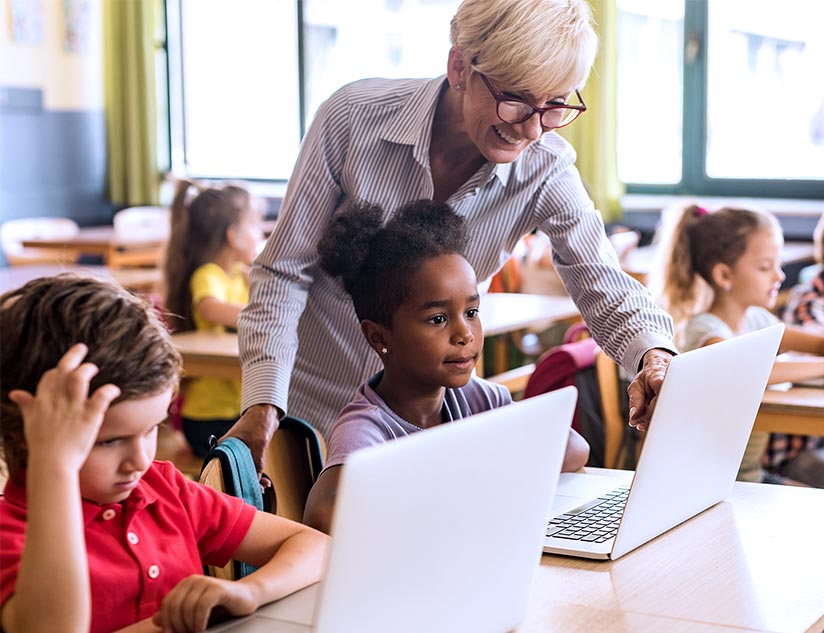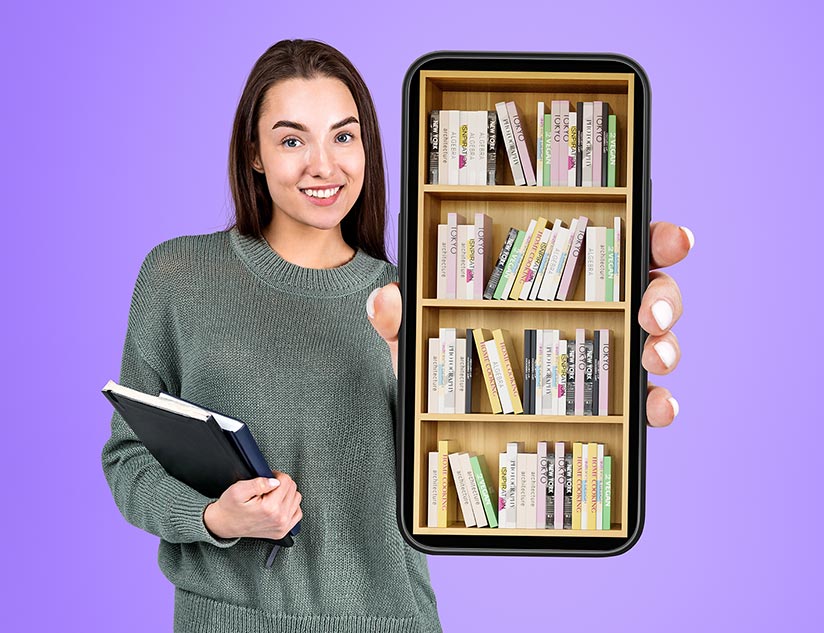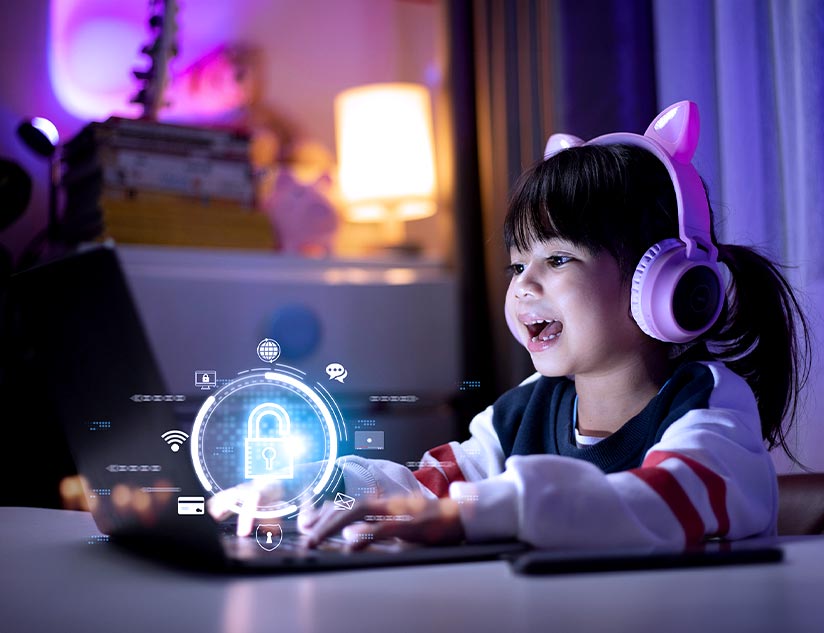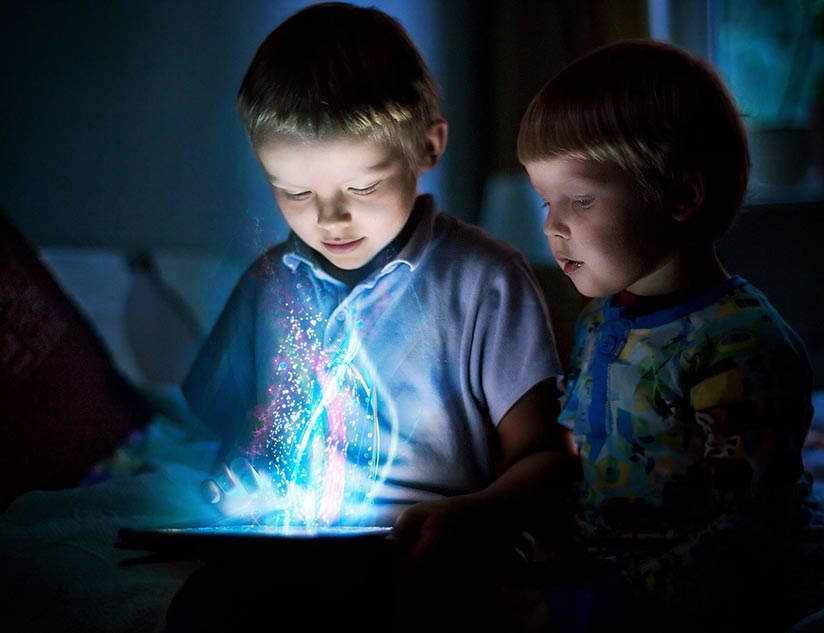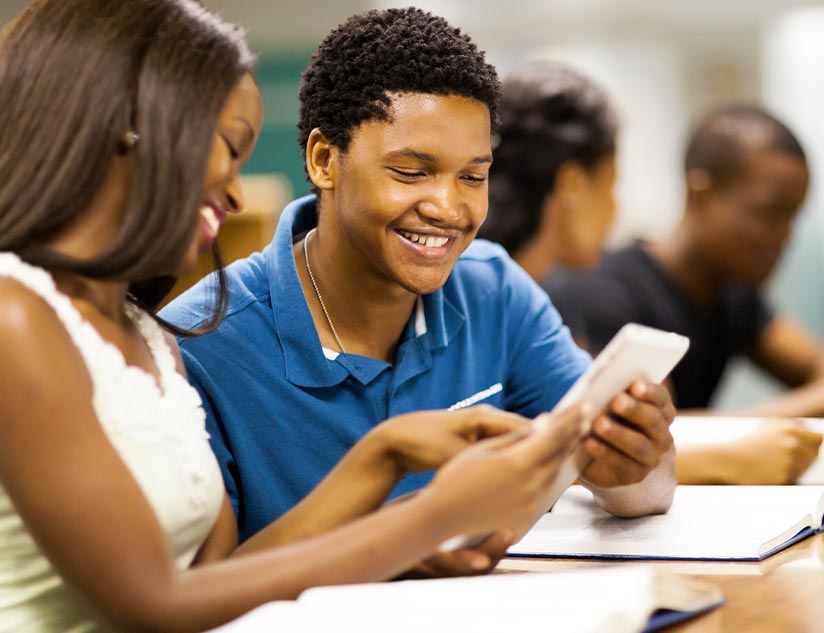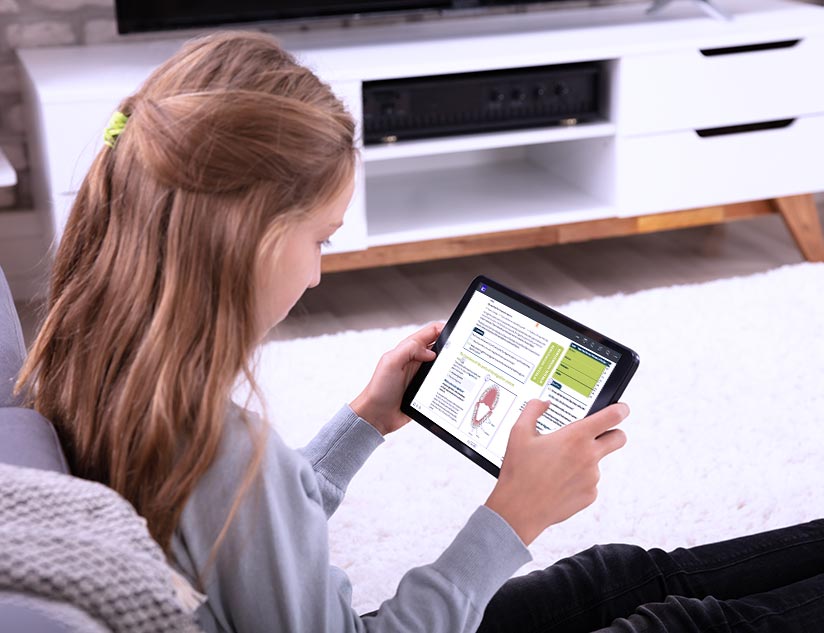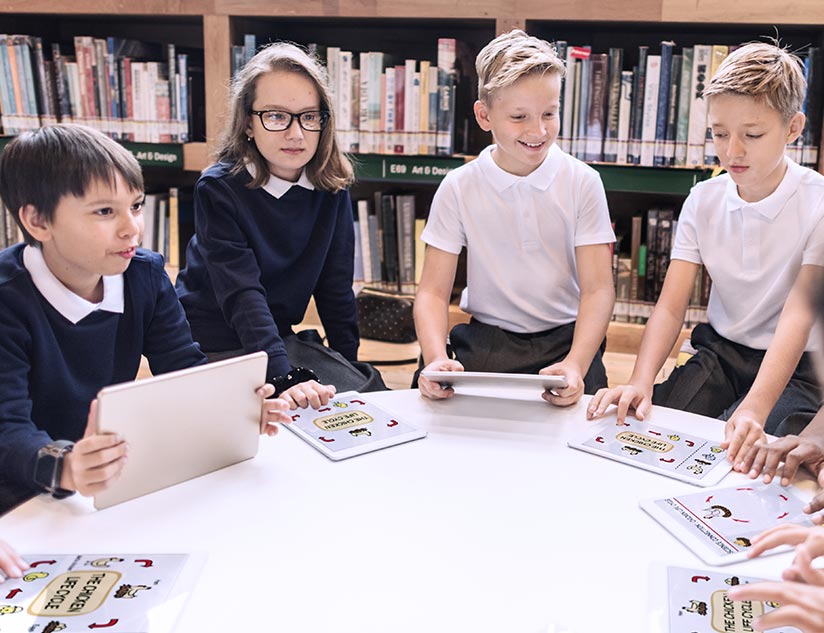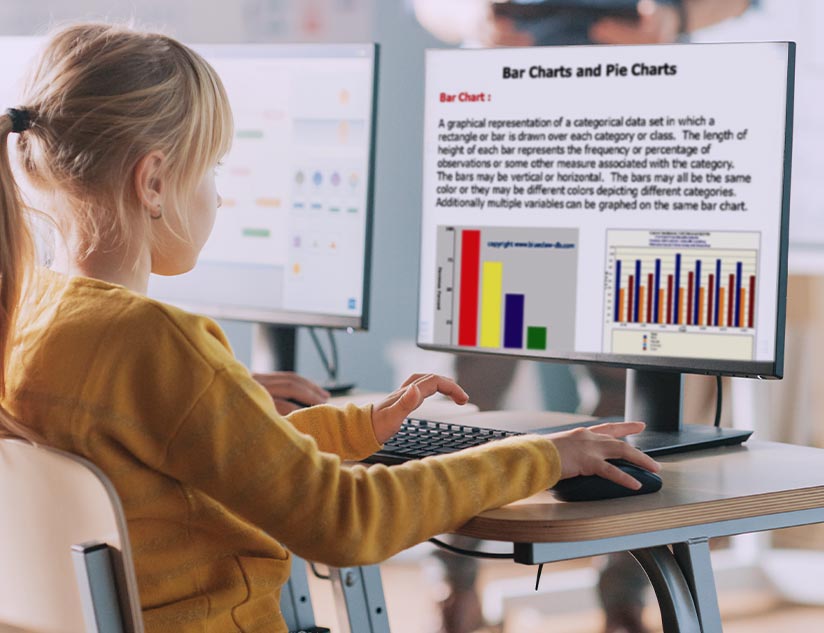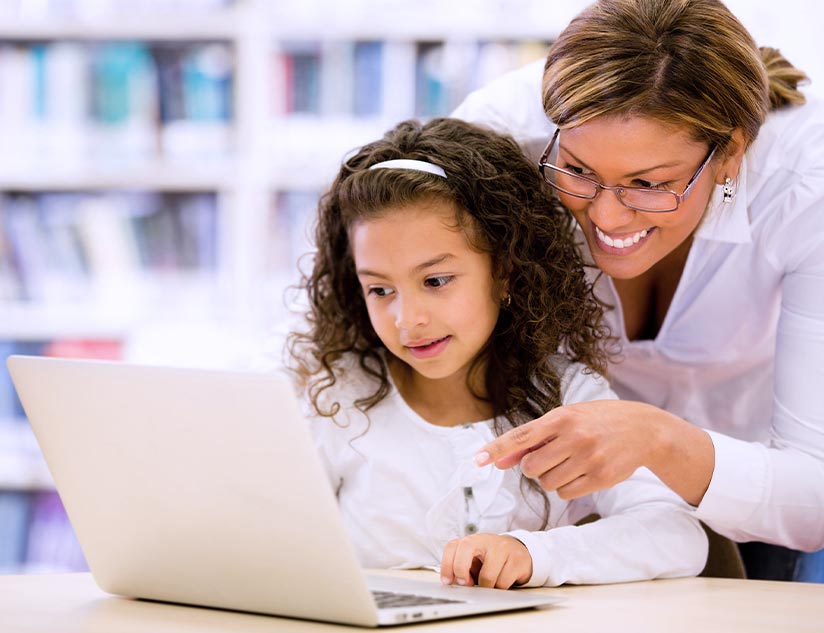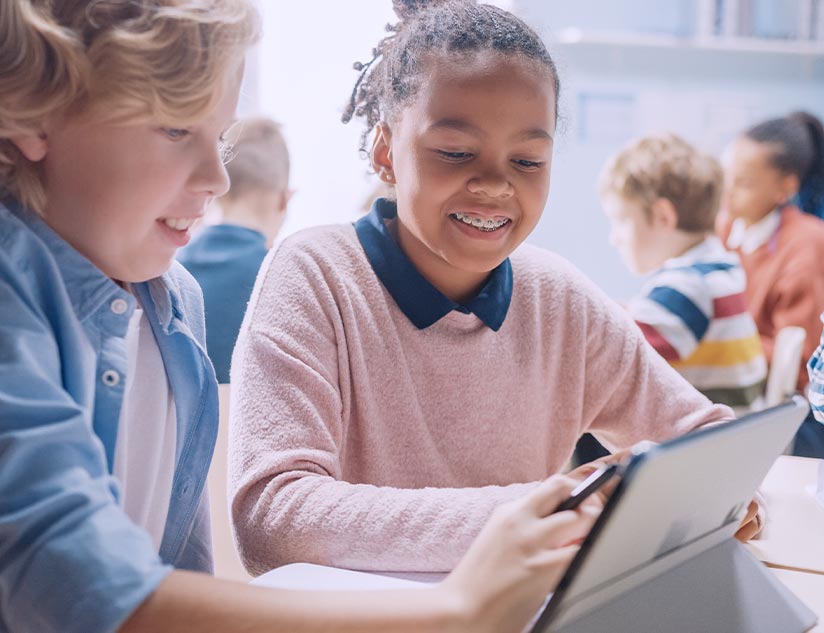How EdTech Can Help Improve Declining Student Attention Spans
June 1st, 2020
Back in 2012, a Common Sense Media report detailed the ill-effects of entertainment media on children’s academic skills. The study stated that social networking, television, music and video games were wreaking havoc on children’s writing and communication skills, homework and critical thinking. But what was affected the most was their attention span, with a whopping 71% teachers who were part of the survey agreeing to this.
Exposure to technology has only grown since then. The same survey, conducted once again in 2019, showed that 41% of 8-12-year-olds and 19% of 8-year-olds had their own smartphones in 2019, while streaming service subscriptions had quadrupled from 2014 to 2019.
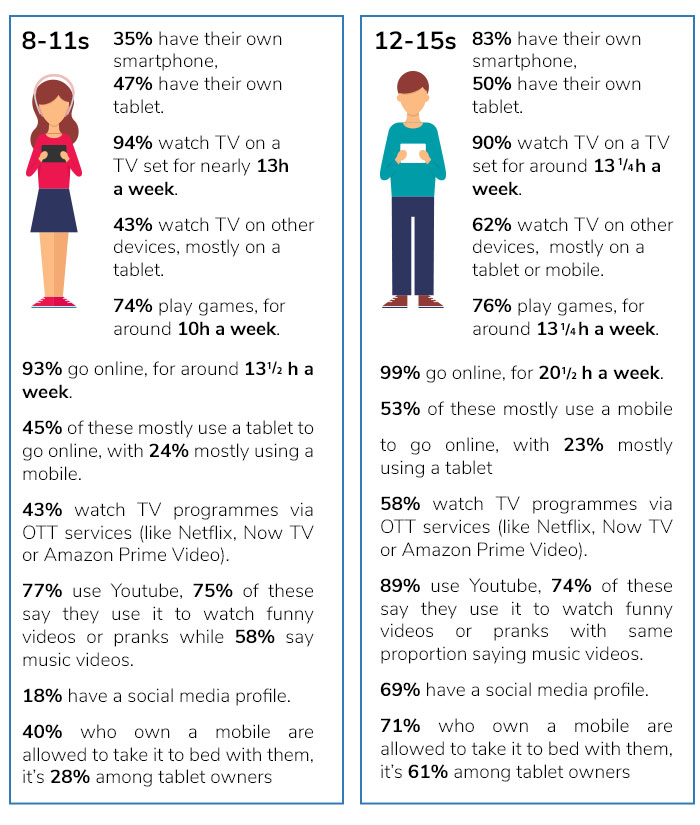
Image Courtesy: https://mashable.com/article/teen-smartphone-usage/
The question is – how can learning be imparted to a generation that is distracted so easily? Well, the answer to this question can also come from the right use of technology. Here’s a look at some of the key ways in which the use of technology in the classroom can engage students and help them focus, enhancing their attention span.
1. Take a Blended Learning Approach
Contrary to what many might believe, the traditional classroom and lecture haven’t really run their course yet. In fact, combined with advanced methods, they can prove instrumental ensuring better comprehension. The flipped classroom model, where homework becomes a collaborative exercise brought to class and video or podcast lectures are viewed at home, has been found to improve learning performance.
Blended learning models are a combination of varying amounts of online and offline course delivery. It also comprises discussions on online forums, webinars and assignments that are graded instantaneously. Getting students to work in groups is easy with applications that allow collaboration and access to rich resources.
Research has proven that student achievement is higher with a blended learning approach, as compared to the traditional offline classroom model and even the fully online approach. This style has also been found to encourage greater independence and self-regulation among students.
2. Ensure Active Participation of Students
With the help of the right EdTech tools, education can be made interactive, such that students no longer are passive recipients of information. With digital learning platforms, like MagicBox™, allowing the easy integration of multimedia, interactive and gaming elements, students become active participants in their own learning journey.
This method works by creating content that appeals to the innate curiosity in the young mind. eLearning modules that follow game design elements can retain students’ attention for longer. Contextualization helps the learner put the topic they are studying into a real-life perspective. For instance, in order to understand “metabolism,” which could easily sound boring or complicated or both, a game like the following could be used.
Image Courtesy: http://magicwebs.magicsw.com/seg/DLOSamples/circuit/index.html
In order for the player to win, game design requires thorough comprehension of the rules of the game, which translates into better literacy of the concepts of a subject. Gamification also hands the control of the environment to the learner, through multiple levels and challenges based on practice in the easier stages, very unlike the traditional study environments.
3. Offer Microlearning Content
A good example of microlearning would be language-learning apps, which focus on small lessons and constructive feedback. Dividing individual tasks into smaller fragments according to the duration of time the child can focus in one go, could prove effective. Microlearning modules usually break down a topic into several neatly packaged learning experiences that make viewing/studying the lesson in parts possible. Breaking up learning this way could also help children feel a greater sense of accomplishment and motivation to go over to the next parts of an exercise or lesson. Creating and deploying microlearning content becomes quick and convenient with a robust ed tech platform.
4. Foster Self-Directed Learning
Often, the pressure to participate in an ongoing classroom discussion could worsen the already poor attention span. The way to go about teaching an easily distracted generation is to administer learning through different mediums, starting with their own devices. Digital platforms that offer rich features, can provide students much more than print textbooks. Engagement levels will automatically be enhanced when students find that they are having fun while studying. Add to this the ability to personalize the experience and it becomes a win-win situation. Students can access learning whenever they wish to, the way they wish to and then pursue learning in their own preferred style and content format. In short, students are given the autonomy to decide on their learning journey. Such self-directed learning has been found to enhance academic outcomes, while motivating students to continue learning.
5. Apply Learning to Real Life Via a Virtual Setting
With a digital learning platform and the right ed tech tools, teachers can provide a risk-free learning environment, where students can apply concepts they have learned in real life settings. With the ability to access simulations, educational institutions and teachers need not worry about rising costs of providing real life experience or fear that injury, damage or other adverse incidents might occur. Students, on the other hand, get to manipulate a simulated world to see exactly how the concept works to solve problems.
So, what it really comes down to is that a problem that is blamed on exposure to technology can quite effectively be solved with you have the right technology at hand. MagicBox™ is a platform that eases the deployment of all these and other ed tech solutions to enhance learning outcomes, even for a generation that has an attention span that is lower than that of a goldfish. Contact us to know more.



